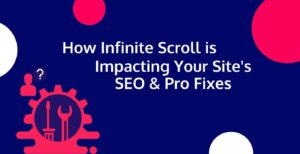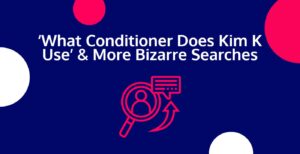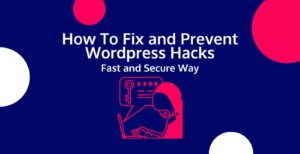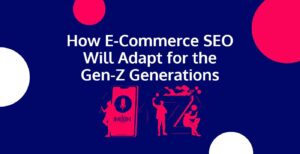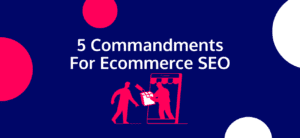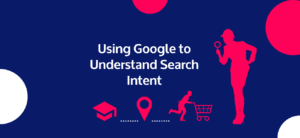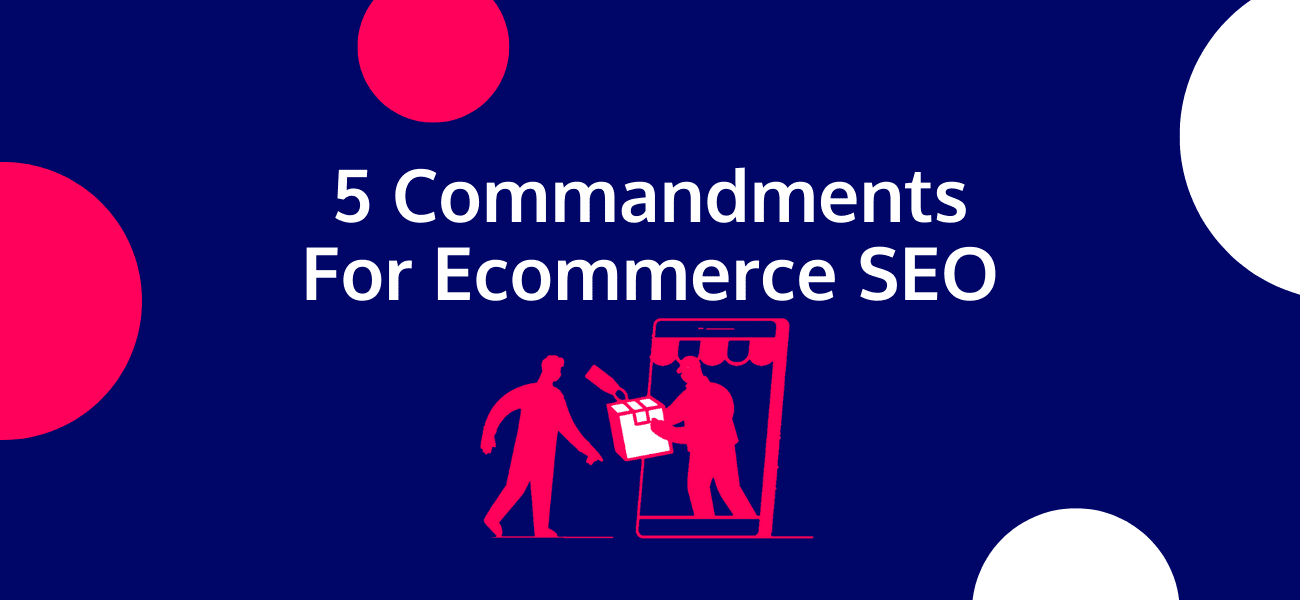
SEO can be a lot of smokes and mirrors. It is without a doubt, the most diverse, complicated and often confusing marketing channel to take on.
Though, this doesn’t need to be the case. By implementing the fundamentals and not becoming distracted by all the latest theories, tests, algorithm changes etc. novice SEO’s can do a respectable job at increasing their sites organic traffic.
In this guide, I’ll walk you through key fundamentals to improving your sites rankings, with a focus on low effort, high result activities. By following these steps, you should be able to generate a handful of conversion some respectable results, until you feel it’s time ramp up your organic revenue by using an agency, or bringing in a team in house.
Disclaimer – this is a huge subject and for the sake of saving you time, i’m not going to delve deep into every subject area, instead I have listed activities most companies can do in house with a bit of effort, time and problem solving. I have also made the executive decision to leave out linkbuilding 
So, without further ado let’s kick off with a bit of keyword research.
1. Keyword research
We want to use this stage to find a keyword focus for almost all key pages, such as:
- Your homepage
- Main category pages
- Sub category pages
- Your product pages
We will also delve deep into cluster topics and supporting keyword research for these money pages (which will dictate blog topics). However, the first step is finding primary keywords for your money pages
Brainstorm
Start by listing down the products that have the greatest impact on your bottom line growth. This might not just be the product you get the best margins on, also consider which ones are great entry products, leading to repeat purchases and sizeable LTV. Or, what products convert the most efficiently for direct to website customers as that ultimately can bring down the cost of acquisition and in turn returns for your SEO campaign.
We can then prioritise the keyword research in an order of most to least significant products or categories. This is particularly important is you have a large variation of products and limited time.
Already ranked non branded keywords
- If you have google search console, head into ‘Search results’ > then click on ‘new’ > ‘Page…’ > enter the chosen product/category url’s into the search results page area.
- Then, click on the ‘+new’ button again, click ‘query…’ > select ‘query not containing’ and eneter your brand name. Typically we like to enter the first word in the brand name to disqualify any chance of it appearing, e.g. if the brand is Tommy Hilfiger, we would just enter ‘Tommy’.
This will give you first party results on the types of non branded terms the page is currently appearing for in the Googles search engine. This is invaluable data, as it’s first party so we know it’s reliable and it allows us to identify low hanging fruits that you are already ranking for.

Finding new unranked opportunities
These are not the only opportunities to target though. Begin to think of ways your customers might search for your products. Ask yourself:
- What variations of my products are there
- How do competitors display similar products
- What types of questions are my customers asking when discussing a certain product
Once you have a small list for each key product and category. The next step is to use an SEO tool, we find Ahrefs to be the most effective for keyword research, and will base this guide on Ahrefs methods. Using paid tools is obviously a bit of a pain, however, they will allow you to make sound SEO decisions which pays dividends in the months and years to come.
Install the Ahrefs chrome plugin and make sure the toolbar is on.
Then begin to search in google for the terms you have brainstormed and got from GSC (*key tip – make sure you have your region in google chrome set to the region you want to receive customer traffic from, as you want to analyse competitors in the right region).
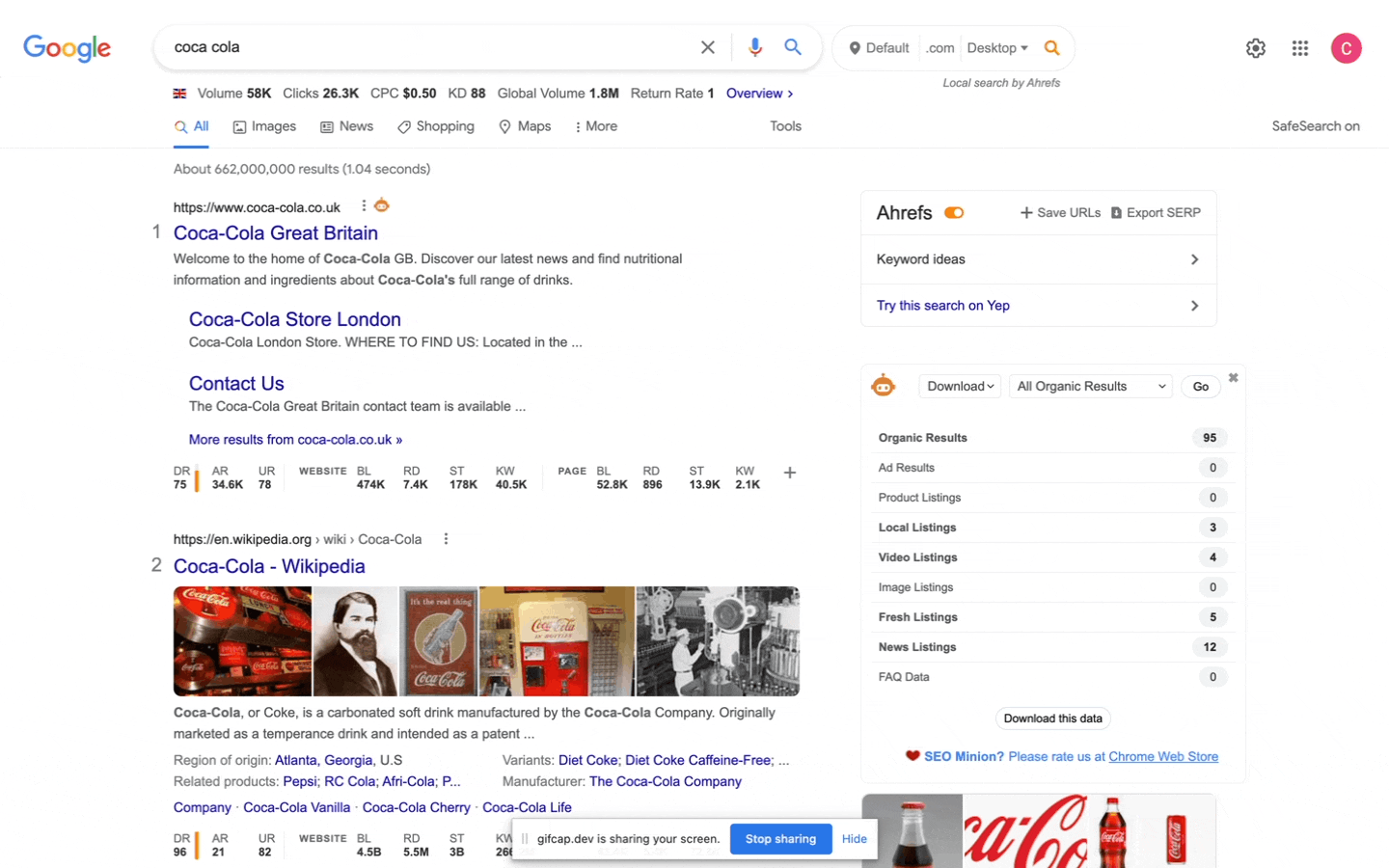
On each search you will see there is “KW” under the meta description of each page displayed. Click on this. It will open up a list of keywords that page is ranking for. You can start to take ideas from these competitors keywords, to form the keywords you are going to finally select.
If you are a low authority site or in a competitive niche, we suggest filtering by ‘KD’ (lowest to highest) and selecting low KD keywords or keeping the filter by traffic (highest to lowest) and just scroll through until you come past low KD keywords. If this is all a bit confusing, take a look at the example below, which we used ‘Red nike trainers’ as the initial base keyword to work off.
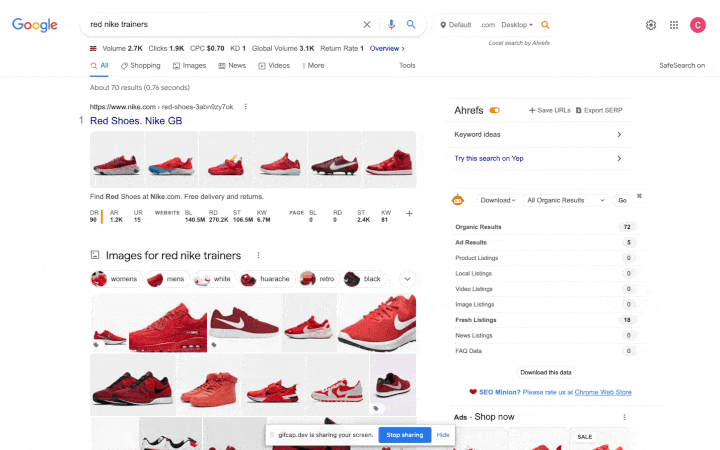
Other areas to consider include:
- CPC (cost per click) value – typically will show how valuable a keyword is to rank for
- Traffic – Will show you which keyword is generating the most traffic for the selected competitor.
- If you have similar authority to the selected site, then traffic is likely more appropriate than KD. However, it’s worth looking at their link profile for that page. If they have carried out a linkbuilding campaign, then ranking at the top for their high traffic keyword might be harder than you think.
You can then categorise these keywords in Ahrefs using the ‘+’ symbol, or build your own sheet with the data for each keyword in google sheets.
How to work our the ROI of keywords:
What you will need:
- AOV (Average order value),
- AOV of specific product categories/product purchases,
- Average site conversion rate (if you don’t have this the average for ecomm is 1.3% from organic, although this should be higher for audiences who land on money pages from specific transactional searches.
- Average Gross margin (if you can find the gross margin you make on specific products or orders then that helps even more)
- Ahrefs traffic potential
How to calculate:
- Enter your keyword into ahrefs keyword explorer (make sure you have the right region on) > this will give you the “traffic potential”
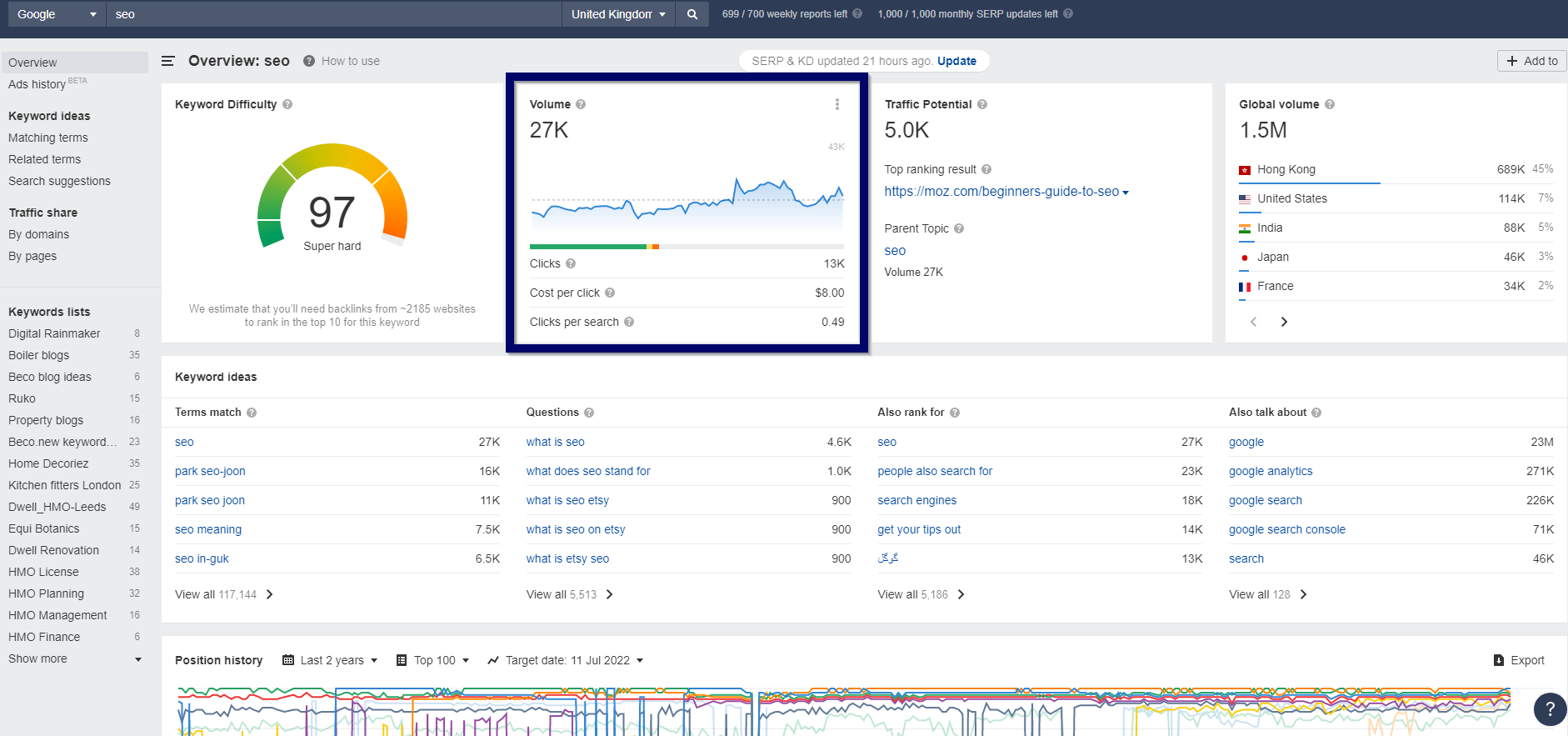
- Multiply your AOV by the Traffic potential ( if you are focussing the keyword on a specific product/category then you can do the AOV of that product/category) (AOV X Traffic Potential = Y)
- Then do Y divided by Gross Profit Margin (Y/GPM = Z). This is the return you will get if you ranked in the top spot for your keyword and keyword variations for just one month
Once you have a handful of carefully selected, relevant keywords, it’s time to look at search intent…
2. Search intent
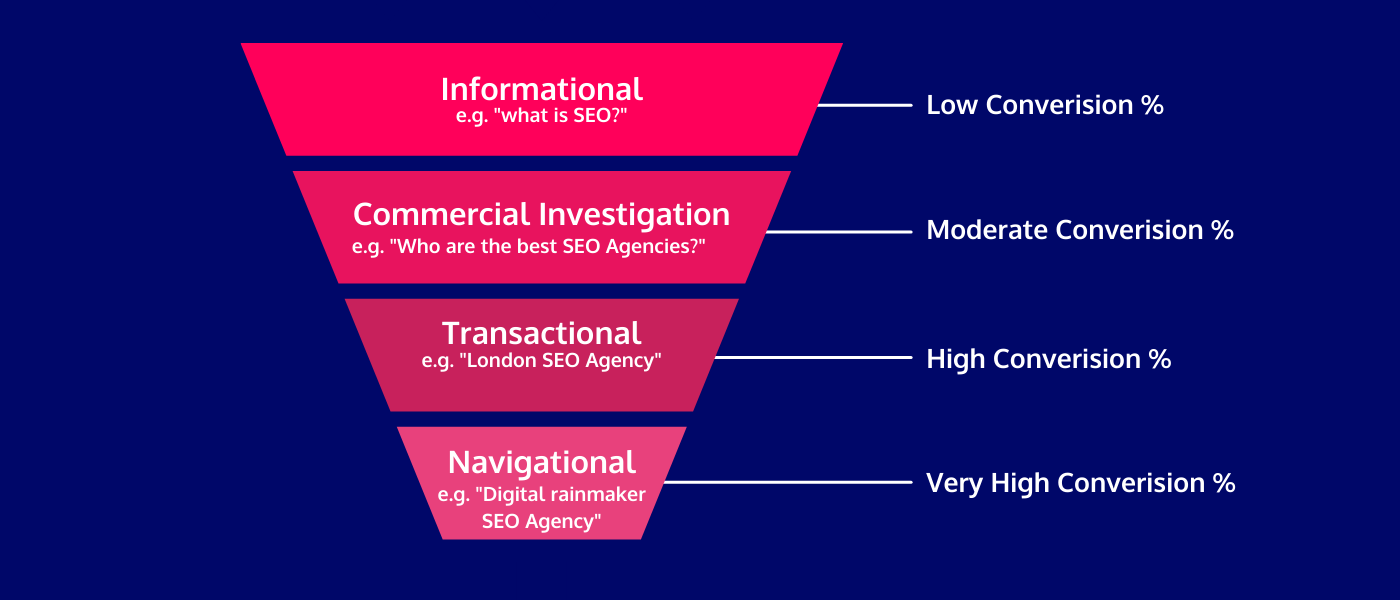
Transaction, commercial, navigational and informational, are all different types of search intent. All of which might be relevant to your SEO campaign at some point, although, you will spend the large majority of your time focussed on commercial, informational and transactional.
Commercial and transactional intent keywords
Commercial and transactional intent keywords are the real cash cows in SEO. They are focussed on consumers at the consideration and purchase stage in the funnel, such as the search terms for “white t-shirt” or “best bluetooth headphones”. Obviously, in Ecomm the faster we can generate an ROI on campaigns and shorten the sales cycle, the better the overall outlook for both the business and campaign, hence why there is such importance on these search intents. That being said, informational intent does place a very important role…
Informational intent keywords
Informational intent keywords are query based and typically what your blog topics will focus on, but can also be made up from buyer guides and resource pages, a typical example would be “football boots studs explained”.
Typically, ranking for informational intent keywords is a lot easier and can provide serious value in regards to capturing audiences further up the funnel such as at the awareness stage. With an effective lead magnet in place and suggested products within your blog, informational content can be just as valuable as commercial and transactional intent keywords.
How to figure out search intent
The easiest way to figure out search intent is to simply look at the top 10 search results in the SERP (search engine results page).
Analyse the meta titles and descriptions to get a good overview of what type of pages Google is displaying.
If we were to type in “hire an ecommerce seo” you can see from the example below that within the first three results there are two different intents. The first being more commercial investigation whilst the other two are more transactional.
Once you have analysed the top ten in the SERP by meta title and description, it’s worth clicking on the pages that aren’t obviously one type of intent, as well as the top 3-5 pages.
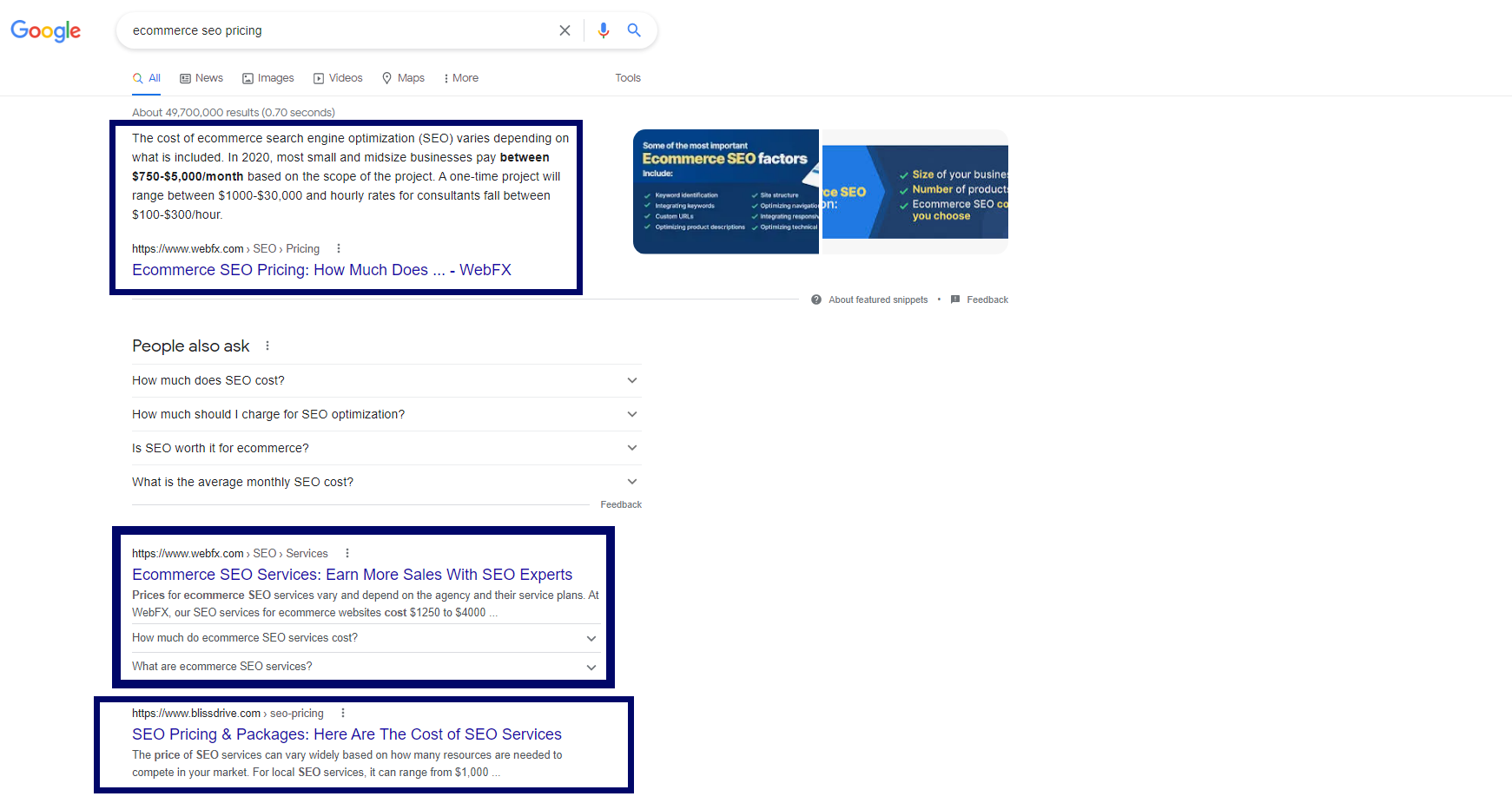
Ambiguous search intent
Intents can be merged and often SEO’s can’t always agree on one type. For example, the top raking page for “ecommerce seo pricing” has both transactional and commercial investigation intent on the same page. You could even argue that it is informational, although due to it being on ‘pricing’ I would lean towards commercial investigation.
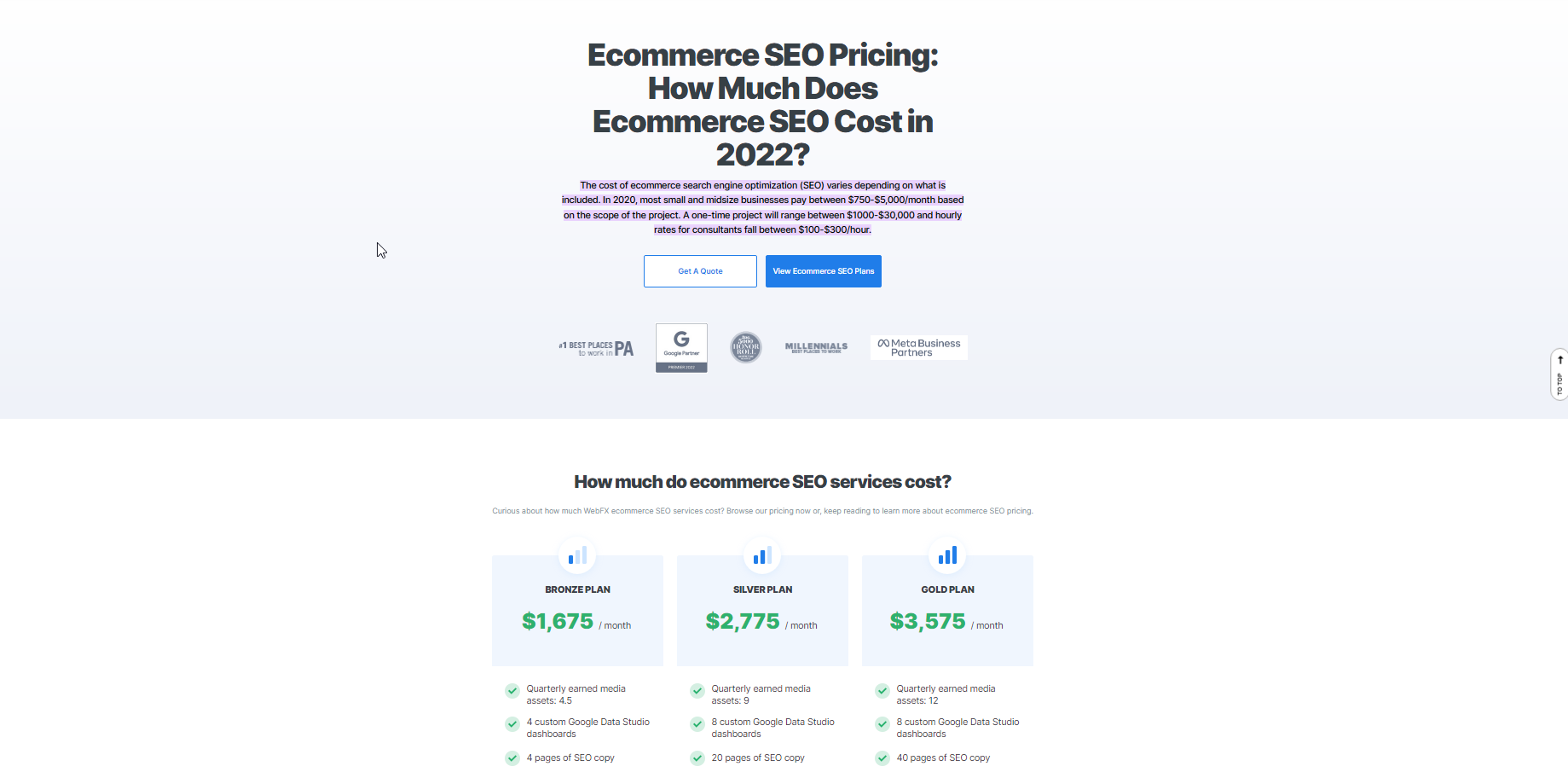
The rest of the blog goes on for another 4,000 words, hence why I would suggest it focusses in on commercial investigation.
As you are beginning to tell, there is no hard and fast rule, which is ultimately what you can say for 90% of SEO 🙄 . Analysing the top pages in the SERP will start to give you an outline on what exactly Google is looking for and how you should lay out your content, but it’s not just the individual pages that will influence how your site does. The overall structure of your website needs to be optomised as well.
3. Site structure
Having a bad site structure is like having a book shop with poor categroisation.

To prevent poor user experience and crawlers becoming confused as to how to display your website, we need to make sure your site has the correct type of site structure.
If things have been implemented properly you will likely see:
- Increased website engagement
- Increased conversions
- Improved SEO rankings
- An increase in the number of keywords you rank for
Why is this?
Well, when you improve the navigation on your website, that leads to a better user experience and areas for your audience to click through to. This in turn will increase engagement and conversions, which are both good user signals to google. Ultimately improving your rankings.
However, that is only half of the story… By internal linking correctly, you are able to silo and categorise pages which are topically relevant to each other, whilst creating a natural hierarchy for the crawlers to follow.
This will then be reflected in the SERP, with your main catgegories ranking for more competitive terms due to the internal linking established through the site structure. Your first and second tier sub categories, as well as blogs on the category topic, will also transfer authority, and topical relevance.

Achieving good website navigation for both the search engines and our audience
- Make sure your main category pages are all reachable from your homepage
- Make sure main categories link to sub category pages
- Make sure all products are linked to from either the main category or subcategory
- Add structured data to help Google determine the purpose of pages on the website, which reinforces site structure
- Write topically relevant content and link this to relevant category, product and blog pages
4. On Page - T.H.U.B (Title, Heading, URL, Body Text)
If you were to look at an effort:results ratio, the T.H.U.B method will sit in the top spot for being heavily weighted towards the results achieved from your campaign.
Just as with all aspects of SEO, on page can become complicated when we start looking at the likes of semantics, density, synonyms terms, variations in intent etc. Although, often the fundamentals are forgotten about, which makes the work carried out on the more complex areas pointless.
Just as with most things in life, the 80/20 rule applies for on page SEO. By simply making sure your title, heading, URL and body text all include your target keyword (or a keyword that is at least 70% similar) you are often 80% of the way there. Now obviously, you have to make sure your intent is on point, but other than that you can achieve a fair amount by ticking off all classes the T.H.U.B list.
5. Page speed:
Page speed can dramatically impact UX, purchasing decisions and rankings. With 70% of customers purchasing decision being impacted by site speed and in some cases it being the difference between being ranked 1# and 51#+, it is a vital area for your business success.
Googles Page Speed Insights
Much of site speed and CWV (core web vital) work will need to be completed by a developer. If you have one in house or to hand, then first look to run your sites product, category and homepage through Googles page speed insights tool. This will then identify what is on your website, you can then us this knowledge to evaluate what is needed to make initial improvements.
Optimise images
More often than not this is an area that can easily boost up your page speed score and can be done without a developer.
When it comes to image compression the balance needs to be struck between quality and achieving the lowest quality file size possible. Luckily, when done correctly there should be almost no difference to the visible eye.

Here are some quick wins we would suggest carrying out in order to a low file size, with no impact to your websites design:
- Size images at their display size. There is no need to display an image at 1000px by 1000px if it’s being displayed on the website at 500px by 500px
- Use lazy loading:
- For shopify add this code to the theme head code: {{ ‘//cdnjs.cloudflare.com/ajax/libs/jquery.lazyload/1.9.1/jquery.lazyload.min.js’ | script_tag }}
- For wordpress : Download a plugin. Often they can do both lazy loading and image compression > Optimole is one worth looking at
- Compress images using Tinypng. In theory, if you have the time or can get a VA to do it, this is better than using a plugin as the plugin in itself will slow the website down due to additional JS having to be rendered
- Use a CDN (Content delivery network): CDN‘s essentially provide cashed internet content from multiple servers in different locations. Allowing for a shorter load time, due to the delivery of the content coming from a server location close to you.
- I would suggest using cloudflare for your CDN. Not only is it free, but they also provide a free SSL certificate.
- If you have a Shopify you’ll be glad to hear they already have a CDN setup, so you can focus your efforts elsewhere
Plugins & Third Party JS
Next we would suggest looking at any third party plugins or other javascript you might be using. Third party javascript is one of the biggest killers when it comes to site speed and luckily, initial steps can be taken that don’t require a developer.
The first step, culling any dormant, or ineffective plugins/tools. If you site is anything like the average ecommerce site, overtime you would have built up quite the assenary of plugins, some valuable and some not so much. By pruning those less valuable plugins/tools you are reducing significant javascript which needs to be rendered and displayed from the server.
After that, it’s worth getting a developer to take a look at how they can minify the code within the plugins. The process is similar to minifying normal site code and over the years we have seen some serious wins when it comes to compressing plugins and third party JS.
Parser blocking scripts
This is another easy win, with relatively low effort. However, if you are inexperienced with code I would suggest turning to your resident developer once again.
A browser has to go through the process of parsing your HTML before it can display your page to the end user. However, when it encounters a paser blocking script, it has to pause everything and solely focus on that script before it can run anything else.
To avoid this occurring, all you need to do is change all your scripts to ‘deffer’ attribute. If you can’t do that change it to the ‘async; attribute. As seen below.
Parser blocking: <script src=”jquery.js”></script> Not parser blocking: <script src=”jquery.js” defer></script>
This should only take 5 minutes, but can result in serious improvements. If you do that to all your render blocking or passer blocking tags then your site will be significantly faster.
Final thoughts
Quite frankly, there could be another 10+ commandments to add to this guide, which I was tempted to do. However, information overload is a real thing and to prevent you becoming bogged down, ultimately preventing you from carrying out any of the above I thought it best to stick to these key areas which you can achieve a lot from early on. Link building, topical authority and schema would likely be the next steps in the process, so if that sounds of interest feel free to reach out and we can run through them with you.
